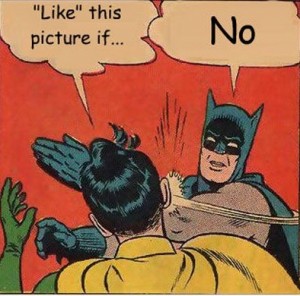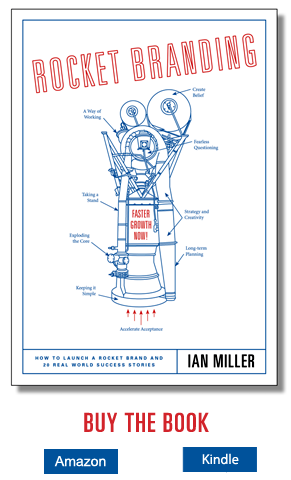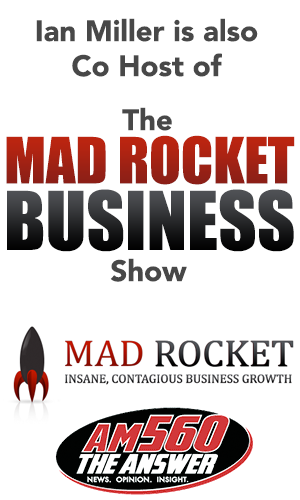New things come and go. Now and then, something sticks. Popularity rockets. A vortex appears in the universe and sucks up all manner of people, products and of course profits.
Pickleball is everywhere. Why? And what has that to do with Branding?

The game has been around for some fifty years but recently was reported as ‘the fastest growing sport in the US’ with some five million players spending 60 billion dollars on equipment alone. Oldies first picked it up as a fun, easy game akin to backyard badminton but now all ages are jumping in. It is important to note that the reigning female world champion is only 15.
Why so popular now?
- Fun, easy, simple game, anyone can learn quickly, play pretty much anywhere, and enjoy.
(How about that for a brand statement?)
- An antidote to Covid and all the complex pressures we still suffer through today.
- Caters to a wide range of personalities. Aggressive young ‘bangers’, can bang away. Heady vets can finesse, and everyone can find something to laugh about on and off the court.
- Has grass roots, local community feel. This may slowdown as commercial entities take over but for now it is as easy as turning up at the local park, meet and play with a bunch of lay-back, easy-going individuals.
- All sorts of enticing new equipment and entities to engage with and obsess over.
So what lessons are there in this for building your Brand?
- An easy, fun lifestyle – free of hassle and conflict is extraordinarily appealing in today’s world. Everyone is looking for this. Give it to them.
Remove as many expensive, complicated barriers to your brand experience as possible. Be authentic. Of course, do not present your brand as being, easy and fun if it is not. Fakes are for scammers and baiters.
- Shorten and amplify the first brand exposure and trial experience. We are in a world of instant gratification. Make your brand accessible and rewarding. Word travels fast and people-enjoying-people is fuel for mass acceptance.
- If you are launching a new lifestyle brand in the product or service arena study pickleball brands. Here is a classic example of ‘first brand in the brain’ by Trout and Ries, (I believe).
Not too long ago, there were a few paddle manufacturers. The typical racquet brands like Head, Prince, Wilson jumped in. But names like Selkirk, Engage, Gamma, Franklin with a more specific pickleball focus now lead several hundred makers. Selkirk for example took this strategic high ground of designed for pickleball and began a paddle innovation path and sport involvement that has their paddles now on back order and selling for over three hundred dollars supported with tons of internet content and pro sponsorships. Not unlike Nike of old. Worth studying these evolving brand phenomena.
- Engage the community biome. Pickleball has found a home close to home.
As such is bringing neighbors, friends, and families together. This is a natural, enjoyable place generating lots of positive energy. Again, a perfect venue for your brand going forward. Remember it isn’t about the medium or even the message anymore. It’s about how the Internet and social media can connect your brand at the community level.
As 2023 rolls around it is a great time to reassess your brand and if needed reignite its energy and attitude. Rocket it like pickleball!
We at Rocket Branding are always happy to work with you on this and potentially throw in some free pickleball lessons. [email protected].
 ing is alive and well.
ing is alive and well.












